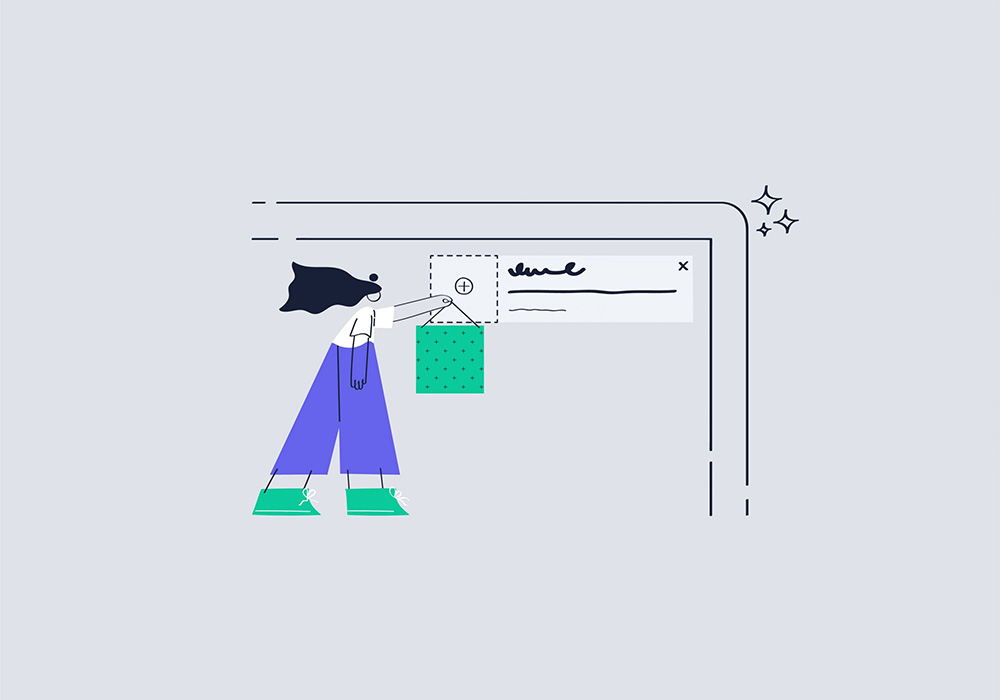Web push notifications are messages sent to a user via desktop web and mobile web. These messages appear at the top or bottom right-hand corner of a desktop screen, depending on the operating system, or appear on a mobile device in a manner nearly identical to push notifications delivered from apps.
The difference between web push notifications and app push notifications
To send web notifications all that’s required is a website that has web push code installed in it. So brands can use many of the benefits of app push notifications like real-time, personalized, in-the-moment communications.

The Structure of web push notifications
Web messages include the following elements:
-
- Title: Some brands just use their name here.
-
- Content: The message sent. Character count varies between browsers. The shorter the better.
-
- URL: The domain sending the web push notification.
-
- Icon: This can be a logo or any image.
-
- Browser Icon: The logo of the browser sending the notification. This can not be altered or removed.
How web push messages work
Any company with a website can send web messages after installing code or SDK from a web push service. It’s quite easy and No Coding is required. Users reach sites by clicking or tapping on a web message.
The web push notification opt-in process
Web messages are a permission-based marketing channel. Before receiving a web push notification, users have to opt-in in receiving them. The opt-in prompt comes from the user’s browser. The prompt is called a browser-level opt-in prompt, or browser-based prompt.
Brands can handle the opt-in process and the timing of the opt-in ask. One of BestPush’s features is sending the message at the right time. So the user is encouraged to click and don’t get bothered.
What is a “Soft Ask” Opt-In?
Soft ask explains the value of receiving messages before the browser prompt. Soft asks show users what they get by allowing web push. Soft ask works for some brands and doesn’t work for others and you are the one who decides whether or not to use them. Keep in mind that speaking directly to customers may have a better effect.
Choosing Perfect Timing for Opt-In Prompts
The timing of showing the opt-in is different between brands. Some show it immediately, some wait for a few page visits, and some considerable time on page spent. BestPush estimates the perfect time according to the user’s behavior and shows the message automatically.
Browsers and devices which support web push notifications
Browsers
Chrome, Firefox, Opera, and Safari support web push messages. Notifications are different in appearance between browsers and operating systems.
Devices
Web push messages work on any computer or laptop running a supported browser on both PC and Mac. But on mobile, things are different. Not all mobile devices can receive messages. iOS (Apple) mobile devices do not support mobile web push messages right now.
This means even if an iPhone or iPad has a supported browser, users cannot receive messages on these devices. Android mobile devices support mobile web push messages for users using Chrome, Firefox, and Opera on their devices.
Types of web push notification messages
Most Brands use web push messages to send messages for the following categories:
-
- Transactional: Confirming important transactions (e.g. purchase, shipping, requesting service reviews, etc.)
-
- Educational: Educating the user about key events, products, or offerings.
-
- Promotional: Promoting special offers or limited-time opportunities.
-
- Lifecycle: Welcoming new or returning visitors, encouraging a deeper exploration of the website, and retargeting campaigns
Examples of web push notification
Read a few case examples brands might send to communicate with opted-in web visitors:
-
- Welcome new users with an offer (“ enjoy 15% off your first order!”)
-
- Abandoned cart notifications (“Your items in the cart are waiting — don’t miss them!”)
-
- Recommendations based on user’s behavior (“3 Candles, hand-picked for you.”)
-
- Price drop on a wishlist product (“The product you liked is now on sale.”)

